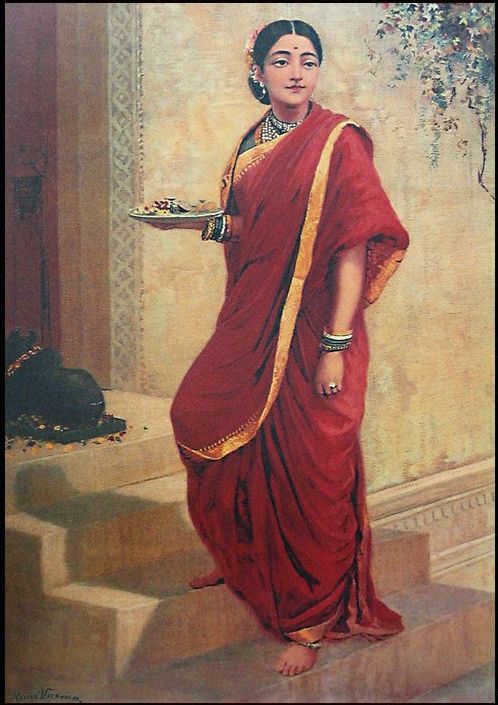Stanapatta on:
[Wikipedia]
[Google]
[Amazon]
 ''Stanapatta'' (Stanmasuka) was a loose wrap cloth for the upper body. It was a chest band used in ancient India. It was a simple upper garment of the females during the ancient time similar to the ''mamillare'' or ''strophium'' used by the Roman women. Stanapatta was a part of '' Poshak'' (the women's attire).
''Stanapatta'' (Stanmasuka) was a loose wrap cloth for the upper body. It was a chest band used in ancient India. It was a simple upper garment of the females during the ancient time similar to the ''mamillare'' or ''strophium'' used by the Roman women. Stanapatta was a part of '' Poshak'' (the women's attire).
 ''Stanapatta'' (Stanmasuka) was a loose wrap cloth for the upper body. It was a chest band used in ancient India. It was a simple upper garment of the females during the ancient time similar to the ''mamillare'' or ''strophium'' used by the Roman women. Stanapatta was a part of '' Poshak'' (the women's attire).
''Stanapatta'' (Stanmasuka) was a loose wrap cloth for the upper body. It was a chest band used in ancient India. It was a simple upper garment of the females during the ancient time similar to the ''mamillare'' or ''strophium'' used by the Roman women. Stanapatta was a part of '' Poshak'' (the women's attire). Kālidāsa
Kālidāsa (''fl.'' 4th–5th century CE) was a Classical Sanskrit author who is often considered ancient India's greatest poet and playwright. His plays and poetry are primarily based on the Vedas, the Rāmāyaṇa, the Mahābhārata and ...
mentions ''kurpasika'', another form of breastband that is synonymized with uttarasanga and stanapatta by him. Innerwears for lower parts were called ''nivi or nivi bandha''. The Skandamata sculpture of Malhar depicts the use of stanapatta and ''kanchuki'' in ancient times.
Style
The garment was mainly used by married women to cover the nipples or breasts completely. It was also decorated with embellishments and worn with many successor clothes of ''uttariya'', for instance,Sari
A sari (sometimes also saree or shari)The name of the garment in various regional languages include:
* as, শাৰী, xārī, translit-std=ISO
* bn, শাড়ি, śāṛi, translit-std=ISO
* gu, સાડી, sāḍī, translit-std ...
. Stanapatta changed with the time; few evolved forms are choli
A choli (Hindi: चोली, Urdu: چولی, gu, ચોળી, mr, चोळी, Nepali: चोलो ''cholo'') (known in South India as ''ravike'' (Kannada: ರವಿಕೆ, Telugu: రవికె, Tamil: ரவிக்கை)) is a blou ...
or blouse
A blouse (blau̇s, 'blau̇z, ) is a loose-fitting upper garment that was worn by workmen, peasants, artists, women, and children.The Concise Oxford English Dictionary It is typically gathered at the waist or hips (by tight hem, pleats, parter ...
.
See also
*Uttariya
An uttariya () is a loose piece of upper body clothing. It is a single piece of cloth that falls from the back of the neck to curl around both arms and could also drape the top half of the body. An Uttariya is similar to a veil, a long scarf an ...
* Antariya
An antariya () is a lower body garment from ancient India. It is a long white or coloured strip of cotton passed through the legs, tucked at the back and covering the legs loosely, then flowing into long pleats at front of the legs.
History
Antr ...
* Adivasah
References
Hindu religious clothing Buddhist religious clothing Indian clothing History of India Women's clothing {{Clothing-stub